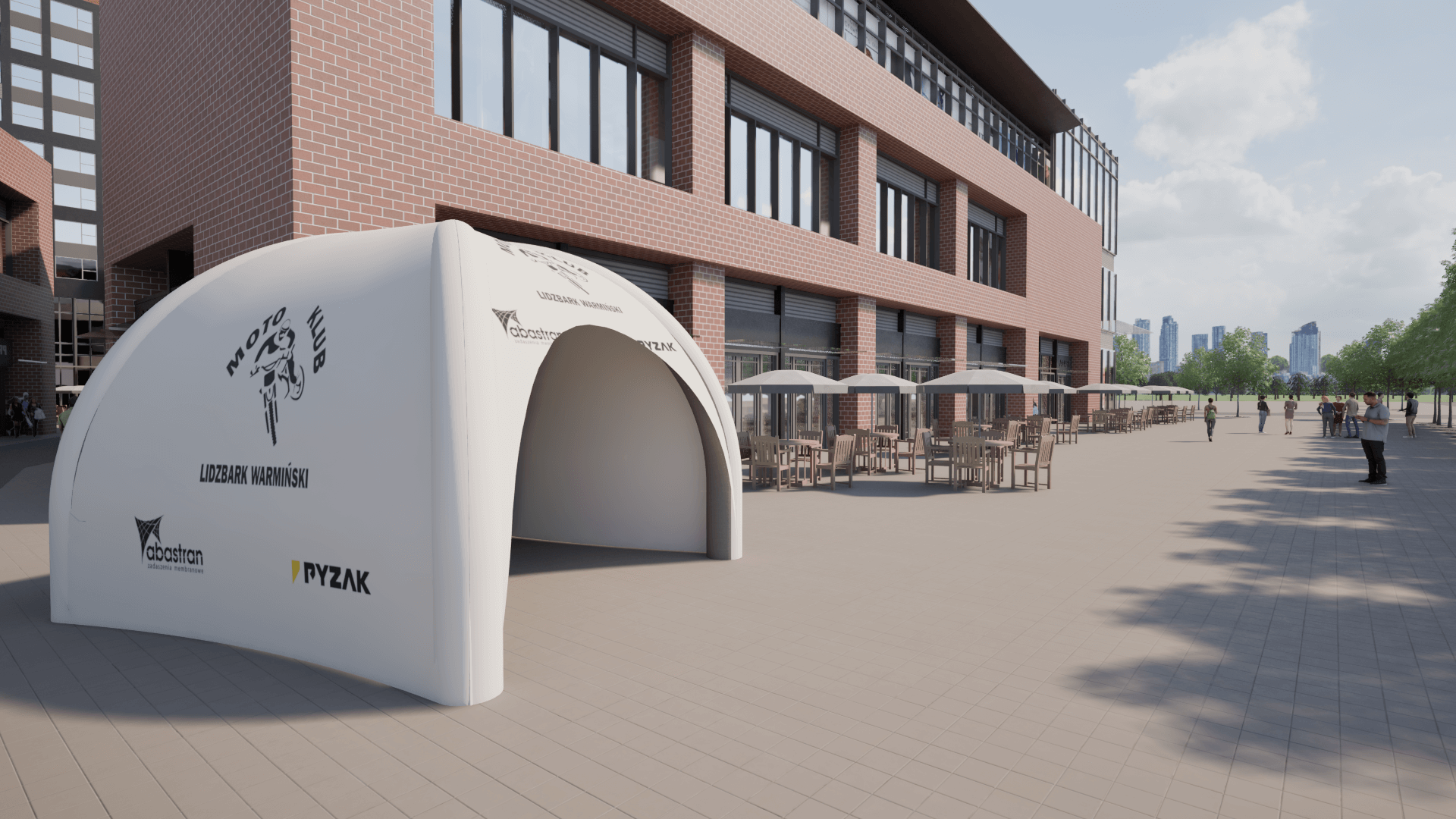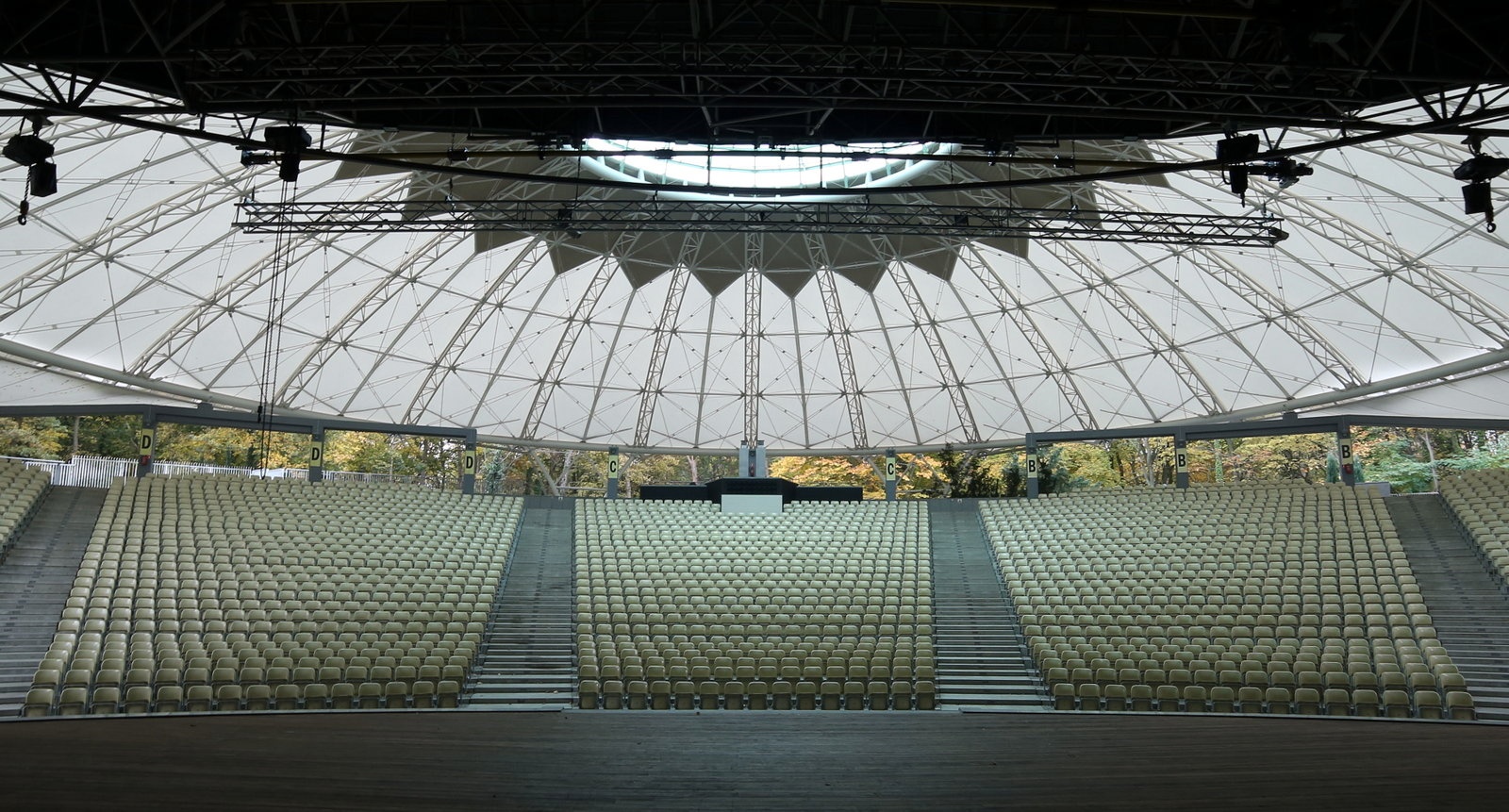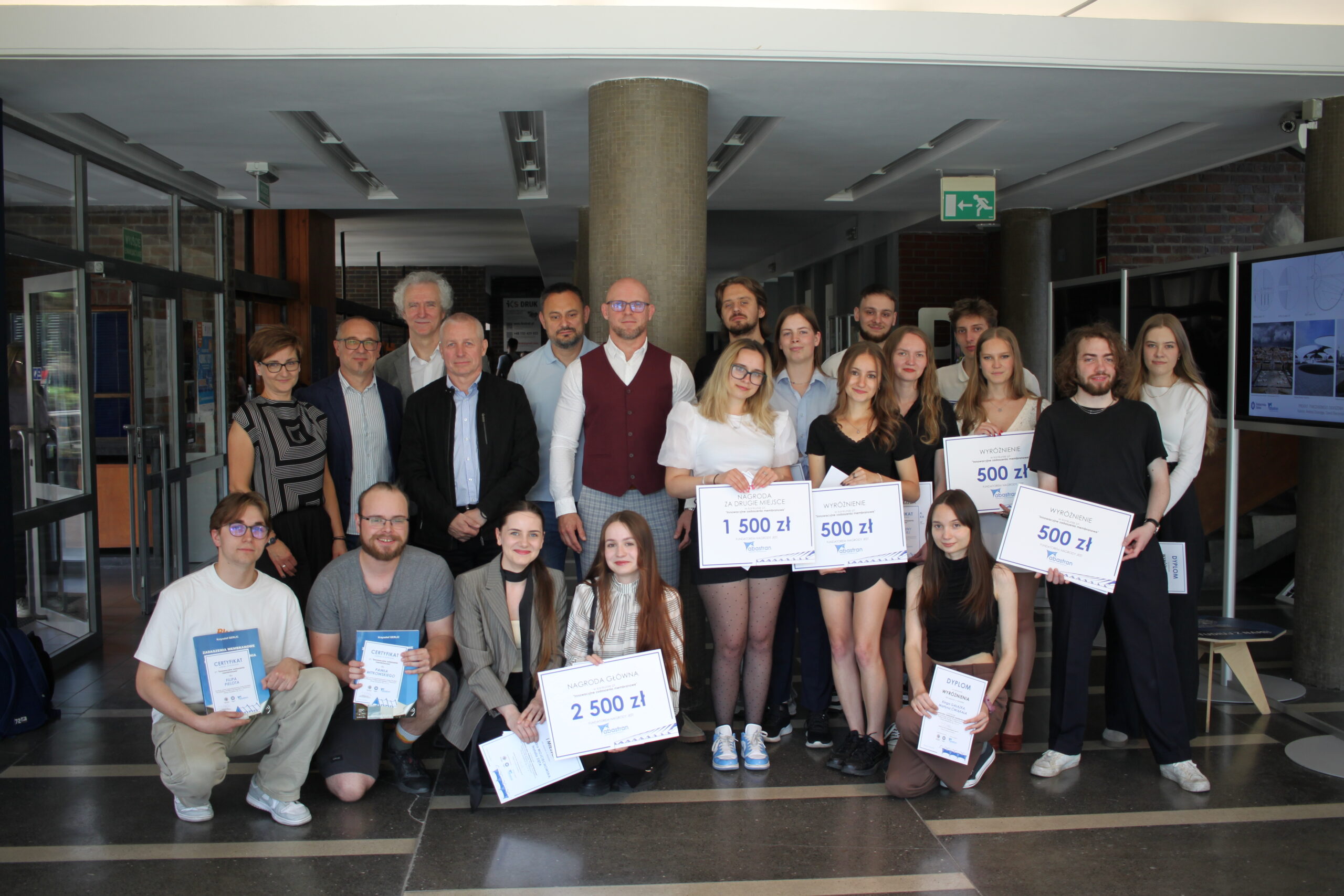
How to Choose the Right Material for Membrane Structures?
Membrane structures are modern architectural solutions that have a wide range of applications in both commercial and public projects. Stadium roofing, event tents, and even futuristic buildings utilize lightweight and flexible materials that combine aesthetics with functionality. Choosing the right material for such structures is crucial as it impacts the strength, aesthetics, and durability of the building. So how should one approach this process? We present the most important factors to consider when selecting a membrane material.
Properties of Membrane Materials – What to Pay Attention To?
Strength and Durability
The first aspect to consider when choosing materials is their tensile strength and durability. It is important for the material to be resistant to strong winds, snow loads, and other harsh weather conditions. Materials such as PTFE (polytetrafluoroethylene) and ETFE (ethylene tetrafluoroethylene copolymer) are known for their exceptional resistance to mechanical damage.
Light Permeability
This is another important factor, especially in projects where natural lighting is a significant element. ETFE films are valued for their high light permeability, allowing membrane structures to create spaces filled with natural light while also protecting against unfavorable weather conditions.
UV Resistance
Membrane materials must also be resistant to UV radiation. A lack of UV resistance can cause the material to age faster, negatively impacting its durability. PVC (polyvinyl chloride) and PTFE membranes are characterized by high resistance to UV radiation, ensuring a longer lifespan for the structure.
Thermal Insulation
Thermal insulation is crucial for buildings that will be used year-round. Membrane structures can provide both thermal insulation and protection against excessive heating of surfaces on sunny days. It is important for the material to meet energy efficiency standards, which is particularly relevant in the context of sustainable building.
Types of Membrane Materials
Several main types of materials are available on the market for membrane structures. Each has its unique properties and applications.
Technical Fabrics
Technical fabrics, such as fiberglass/polyester composites, are one of the most commonly used materials in membrane constructions. They are characterized by high strength and flexibility, as well as the ability to be covered with coatings that provide additional weather resistance.
Plastic Films
Films such as ETFE films are gaining popularity due to their lightweight and high light permeability. They are used in projects where aesthetics and light are key, such as in the roofing of sports facilities.
Fiberglass/Polyester Composites
The combination of fiberglass and polyester gives construction materials additional mechanical strength and flexibility, which is extremely important in projects requiring large spans.
Factors Influencing the Choice of Roof Membrane
Type of Construction
Not every membrane is suitable for every type of construction. The properties of membrane structures can vary significantly, so it’s worth matching the material to the project. Roof constructions, such as tent roofs or sports halls, require materials with greater strength, such as PTFE or ETFE. The durability of membrane structures can significantly influence the choice of the appropriate material.
Climatic Conditions
The climate in which the structure will operate is crucial when selecting the material. In regions with high humidity, it is advisable to use materials with increased resistance to mold and fungi, such as PVC membrane. Attention should also be paid to sustainable building practices and ecology.
Aesthetic Requirements
Aesthetics also play an important role in designing membrane structures. For architectural projects that are intended to become icons, such as stadiums or museums, it is worth choosing materials that allow for creative forms and have a wide range of customization options.
Project Budget and Material Availability
The price of membrane structures can vary significantly. ETFE membranes are usually more expensive but offer a longer lifespan, while PVC membranes are more economical and available in various options. It is important to match the material to the budget and availability in the region.
The Most Popular Membrane Materials
PVC Membrane
PVC membrane is one of the most commonly used materials in textile architecture. It is highly resistant to moisture, making it an ideal choice for outdoor structures. It is also relatively inexpensive compared to other options.
PTFE Membrane
PTFE membrane is known for its exceptional durability and resistance to harsh weather conditions, including UV radiation. It is a material that can last for decades, which is why it is often used in large, prestigious projects.
ETFE Membrane
ETFE films are a relatively new but increasingly popular material. Due to their lightweight and transparency, they are ideal for constructions that need to allow plenty of natural light, such as conservatories or pool roofing.
Durability and Maintenance
The durability of membranes depends on various factors, including weather conditions and regular maintenance. Materials such as PTFE and ETFE require minimal maintenance, but it’s important to keep in mind the need for periodic inspections and cleaning of the membranes to ensure their long lifespan.
Cost of Membrane Structures
The cost of membrane structures depends on many factors, including the type of material, its strength, and market availability. ETFE membranes are usually more expensive, but their exceptional properties may justify the higher cost.
Designing Structures
Designing structures with a membrane roof requires collaboration with experienced architects and engineers who can take into account both the technical and aesthetic aspects of the material. It is important for the project to be tailored to the specific needs of the client and local conditions.
Examples of Membrane Structure Applications
Membrane structures are widely used in various fields of architecture. They can be found in the form of roofing for stadiums, exhibition halls, and as decorative elements in modern commercial buildings.
Summary
Choosing the right material for membrane structures is a key element of any project. Factors such as strength, weather resistance, aesthetics, and budget should be taken into account. Depending on the project specifications, different types of membrane materials will have their unique advantages.
Abastran is an experienced manufacturer of membrane structures that has been providing modern and durable architectural solutions for years. We specialize in the design, production, and installation of membrane roofs for various applications, such as stadiums, exhibition halls, industrial facilities, or commercial spaces. Our structures are characterized by exceptional aesthetics, durability, and functionality.
By collaborating with Abastran, you can be assured that you will receive products of the highest quality that meet the most stringent technical and aesthetic standards. Contact us – our team of experts will assist you at every stage of your project from technical consulting to installation.

Advertising Tents as an Investment – How to Increase Brand Recognition at Events?


Competition for Innovative Membrane Roofing – Results and Inspirations
This year, we had the pleasure of organizing a competition together with the Faculty of Architecture at the Silesian University of Technology for 6th-semester students to design innovative membrane roofing. The award ceremony, held at the Faculty of Architecture in Gliwice, was the culmination of the young designers’ creative and technical journey.








